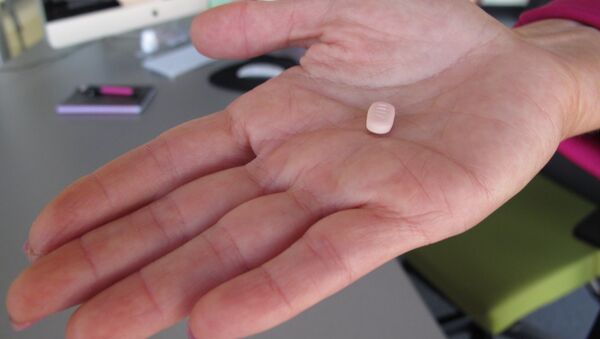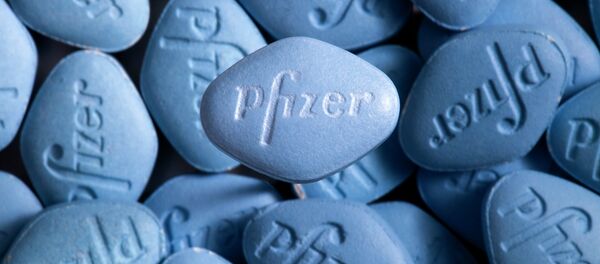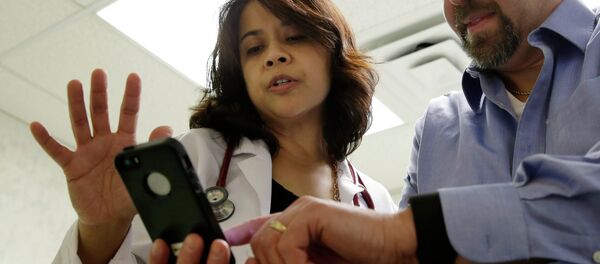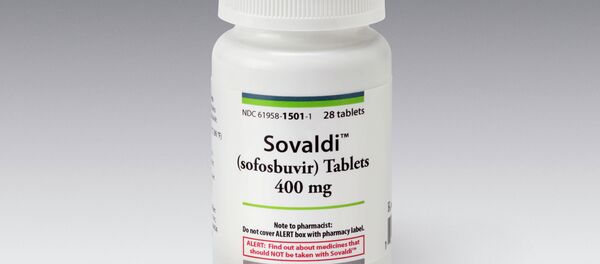Back in the 1990s, pharmaceutical giant Pfizer began synthesizing sildenafil. They were hoping it could be could be used to treat ischaemic heart disease. It didn’t, but researchers noticed that the compound did have an unexpected effect. Today, you know it as Viagra, the erectile dysfunction pill advertised through those commercials where grinning old men squeal out of a gas station in a 1967 Mustang.
That slick advertising worked on the Pentagon. Last year, according to data from the Defense Health Agency, the US Department of Defense spent $41.6 million on the drug, making it the military's erectile dysfunction pill of choice.
Ever since Viagra was introduced in 1998, drug companies have noticed a considerable gap in the marketplace: 50% of the population has no libido drug to spend money on.
That could change soon. On Thursday, a key advisory committee to the Food and Drug Administration voted 18-6 to recommend approval of a new "female Viagra."
Developed by Sprout Pharmaceuticals, the drug, called Flibanserin, is meant to treat Hypoactive Sexual Desire Disorder in women. It recently completed a 24 week double-blind trial, and according to the results, 46 to 60% of the 11,000 women involved in the study were said to benefit, enough to overcome the placebo effect.
Several trial participants and healthcare specialists presented testimony before the FDA panel. Many women described their frustrations with having developed low sex drives, saying it had come about suddenly, and how they found it distressing. Others also described the effects the disease was having on their personal lives.
"What a relationship-saving eight months that was," Amanda Parrish said of her time participating in the trial.
But others have noted that Flibanserin’s effectiveness as a libido booster are marginal, at best, and may not be worth the often severe side effects.
The most common negative reactions related to the drug were dizziness, nausea, fainting, and sleepiness. These effects proved so harsh in some participants that were forced to forego the trial. One was even hospitalized.
Some committee members also expressed concerns over possible carcinogenic links. A two-year study on mice found an increased risk for breast cancer associated with the drug. Mice in that study were given four times the recommended dose, but many were unconvinced.
The mice, after all, were tested a year and a half longer than humans.
"That, in our opinion, is not enough to assess the risk of cancer development," one official said, according to the Washington Post.
Others have noted that the drug doesn’t work the same way as Viagra. While the male version increases blood flow – you know, the same thing that happens naturally after you eat an omelet spiced with Cayenne pepper – Flibanserin was originally tested as an antidepressant. Meaning: it changes brain chemistry.
Some committee members even suggested that the drug’s efficacy was exaggerated. When taking the placebo account into effect, Flibanserin may have helped as little as 10% of women in the study.
The concept of a libido booster for women has received praise from women’s groups, many of whom pushed for the FDA approval.
"I think this is a huge moment for women’s sexual health, in the way that the pill was for women’s sexual health and ability to control their own destiny," Sally Greenberg, executive director of the National Consumers League, told the panel.
But for others, while that may be a worthy goal, Flibanserin just isn’t the right drug.
"It is not only reasonable, but vitally important for organizations advocating on behalf of women’s health to press on all fronts for women to have both the information and the resources needed to achieve satisfactory sexual lives," the National Women’s Health Network wrote in a letter.
"However, women also rely on the FDA to ensure that any drugs or devices that we use for this purpose are both safe and effective. The problem with flibanserin is not gender bias at the FDA but the drug itself."






